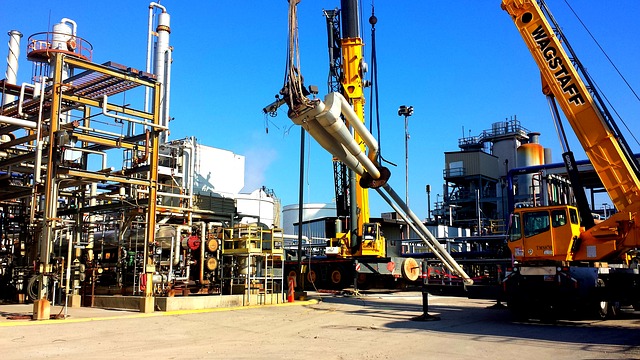The view that cheaper oil automatically boosts US GDP is overly simplistic. It assumes that US consumers will spend the money they save at the pump on US-made goods rather than imports. And it assumes consumers won’t save some of this windfall rather than spending it.
Those are shaky enough. But the story that cheap fuel for our cars is good for us is also based on an even more dangerous assumption: that the price of oil won’t fall far enough to wipe out the US shale sector, or at least seriously impact the volume of US oil production.
The nightmare for the US oil industry is that the only way that the market mechanism can eliminate the global oil glut—without a formal agreement between OPEC, Russia, and other producers to cut production—is if the price of oil falls below the “cash cost” of production, i.e., it reaches the price at which oil companies lose money on every single barrel they produce.
If oil doesn’t sink below the cash cost of production, then we’ll have more of what we’re seeing now. US shale producers, like oil companies the world over, are only going to continue to add to the global oil glut—now running at 2-4 million barrels per day—by keeping their existing wells going full tilt.
True, oil would have to fall even further if it’s going to rebalance the oil market by bankrupting the world’s most marginal producers. But that’s what’s bound to happen if the oversupply continues. And because North American shale producers have relatively high cash costs (in the $30 range), the Saudis could very well succeed in making a big portion of US and Canadian oil production disappear, if they are determined to.
(Read the rest of the story here…)
